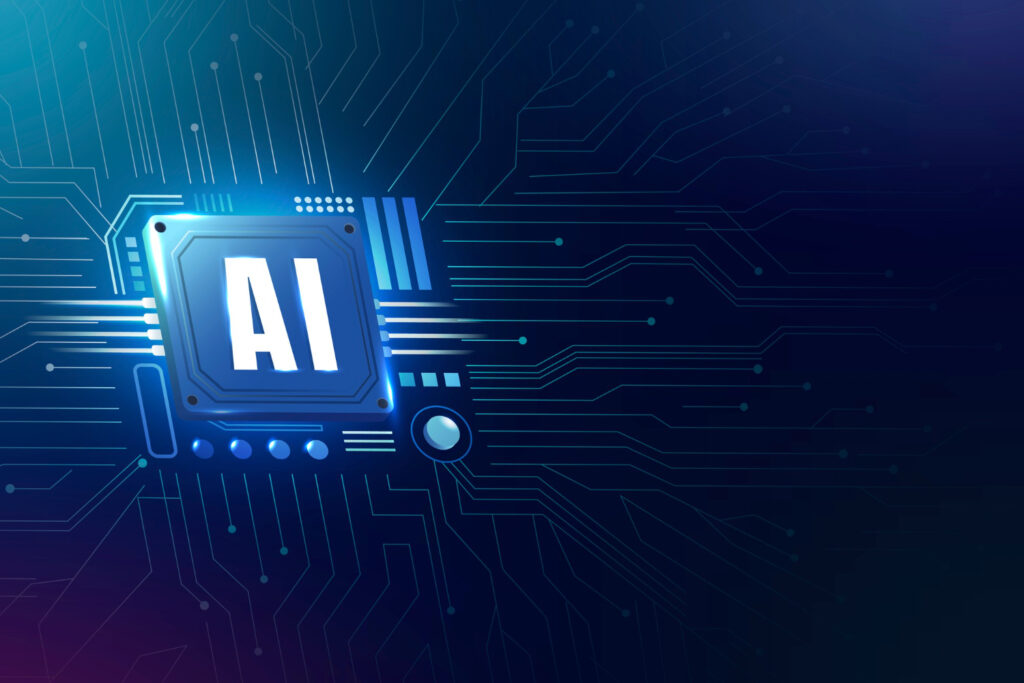In today’s digital age, the threat landscape for cybersecurity is constantly evolving and growing more sophisticated. As cyberattacks become more frequent and complex, organizations and individuals alike are turning to artificial intelligence (AI) to bolster their threat detection capabilities. This article will explore the what, why, and how of AI in threat detection, shedding light on its importance, benefits, and implementation strategies.

What is AI in Threat Detection?
AI in threat detection refers to the use of artificial intelligence and machine learning algorithms to identify and respond to security threats in real-time. These AI-driven systems are designed to analyze vast amounts of data, monitor network activities, and recognize patterns indicative of potential security breaches or cyberattacks.
Why AI in Threat Detection Matters?
-
Scale and Complexity: Traditional methods of threat detection struggle to keep up with the scale and complexity of modern cyber threats. AI, on the other hand, can process massive amounts of data quickly and accurately, making it well-suited for the task.
-
Real-Time Detection: Cyberattacks happen in real-time, and immediate detection is crucial to prevent or mitigate their impact. AI-powered systems can provide real-time threat detection and response, reducing the time window for malicious activities.
-
Sophisticated Threats: Cybercriminals are constantly evolving their tactics and techniques. AI can adapt and learn from new threat data, making it effective at identifying even the most sophisticated and previously unseen attacks.
-
Reducing False Positives: AI algorithms can reduce the number of false positives, which often overwhelm security teams with irrelevant alerts. This allows security professionals to focus their efforts on genuine threats.
-
24/7 Monitoring: AI-based threat detection systems can provide round-the-clock monitoring and threat analysis, ensuring continuous protection against cyber threats.
How AI in Threat Detection Works
Now, let’s delve into how AI-driven threat detection systems operate:
-
Data Collection: The first step involves collecting data from various sources, such as network logs, user activity records, and security events. This data provides the raw material for the AI system to analyze.
-
Data Preprocessing: Raw data is often noisy and unstructured. AI systems preprocess the data by cleaning, normalizing, and transforming it into a format suitable for analysis.
-
Feature Extraction: Features or attributes that describe specific aspects of the data are extracted. These features can include IP addresses, user behavior patterns, and network traffic statistics.
-
Machine Learning Models: AI-powered threat detection systems employ machine learning models, such as supervised, unsupervised, or deep learning algorithms, to learn from historical data and make predictions. These models analyze the data to identify patterns and anomalies.
-
Threat Detection: Once trained, the machine learning models continuously analyze incoming data in real-time. They compare the observed patterns with known threat signatures and behaviors to detect anomalies that may indicate a security breach.
-
Alerting and Response: When a potential threat is detected, the system generates alerts or triggers automated responses, such as isolating the affected system or blocking suspicious network traffic. Security teams are then notified to investigate and take appropriate action.
Challenges and Considerations
While AI in threat detection offers numerous benefits, there are several challenges and considerations:
-
Data Quality: The effectiveness of AI-driven threat detection heavily relies on the quality and quantity of data. Inaccurate or incomplete data can lead to false positives or negatives.
-
Adversarial Attacks: Cybercriminals are increasingly employing techniques to evade AI-based detection systems. Adversarial attacks aim to manipulate or confuse machine learning models.
-
Privacy Concerns: Analyzing vast amounts of data for threat detection may raise privacy concerns. It’s crucial to strike a balance between security and protecting individuals’ privacy.
-
Human Expertise: AI can enhance threat detection, but human expertise remains vital. Security teams should work in tandem with AI systems to investigate and respond to threats effectively.
The Future of AI in Threat Detection
The future of AI in threat detection holds promising developments:
-
Predictive Analytics: AI systems will become more adept at predicting future threats based on historical data and emerging trends.
-
Behavioral Analysis: Advanced AI models will focus on behavioral analysis, identifying deviations from normal user or system behavior.
-
AI-Enhanced Response: AI will not only detect threats but also help orchestrate automated responses, minimizing response times.
-
AI for Smaller Organizations: As technology advances, AI-powered threat detection solutions will become more accessible and affordable for smaller organizations and individuals.
Conclusion
AI in threat detection is a game-changer in the world of cybersecurity. It empowers organizations and individuals to detect and respond to cyber threats in real-time, even as the threat landscape becomes increasingly complex. While challenges such as data quality and adversarial attacks exist, the benefits of AI-driven threat detection, including scale, speed, and accuracy, far outweigh these concerns.
As the field of AI continues to advance, it’s essential for organizations to stay up to date with the latest developments and incorporate AI-driven threat detection as a critical component of their cybersecurity strategy. The future of cybersecurity depends on embracing the capabilities that AI offers to protect against evolving and sophisticated cyber threats.